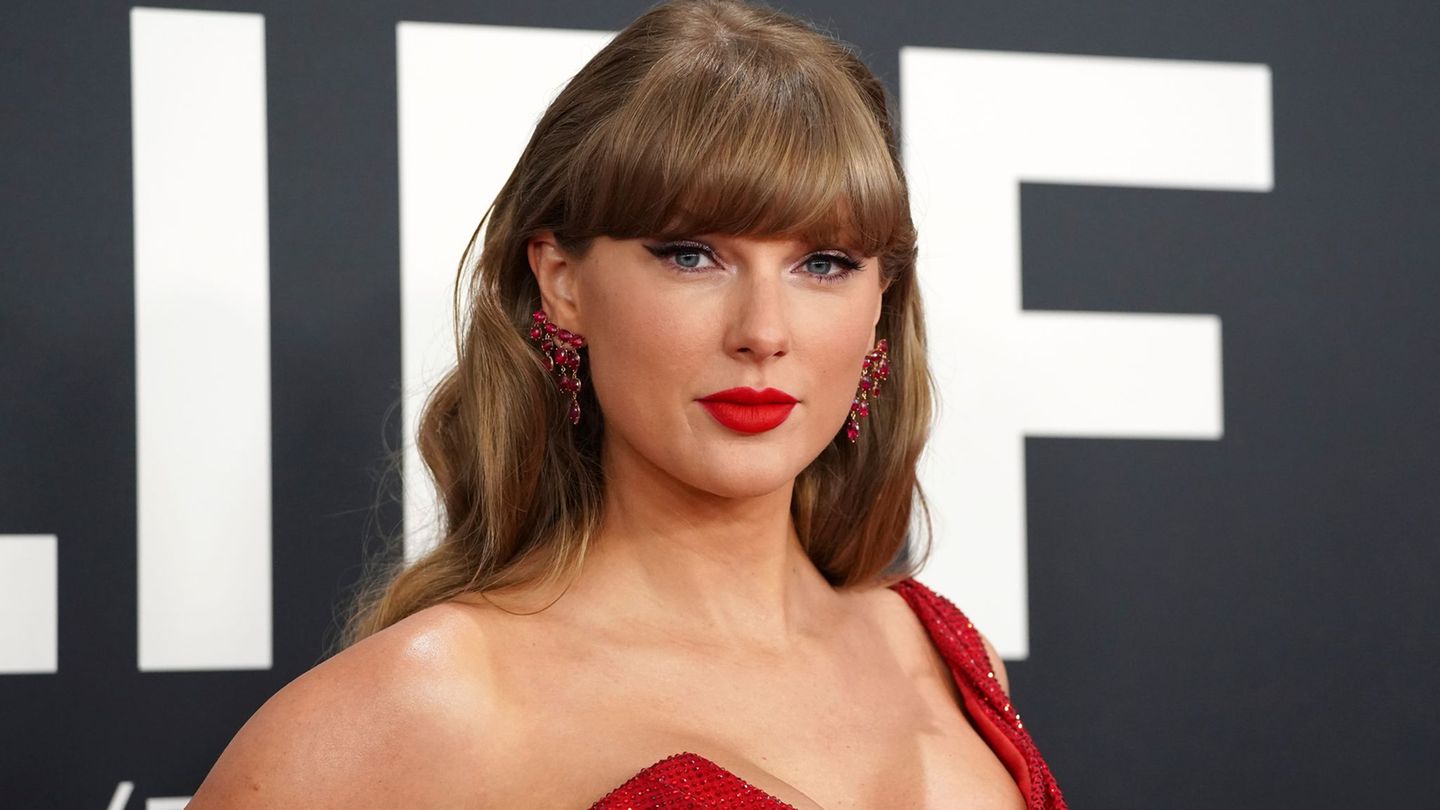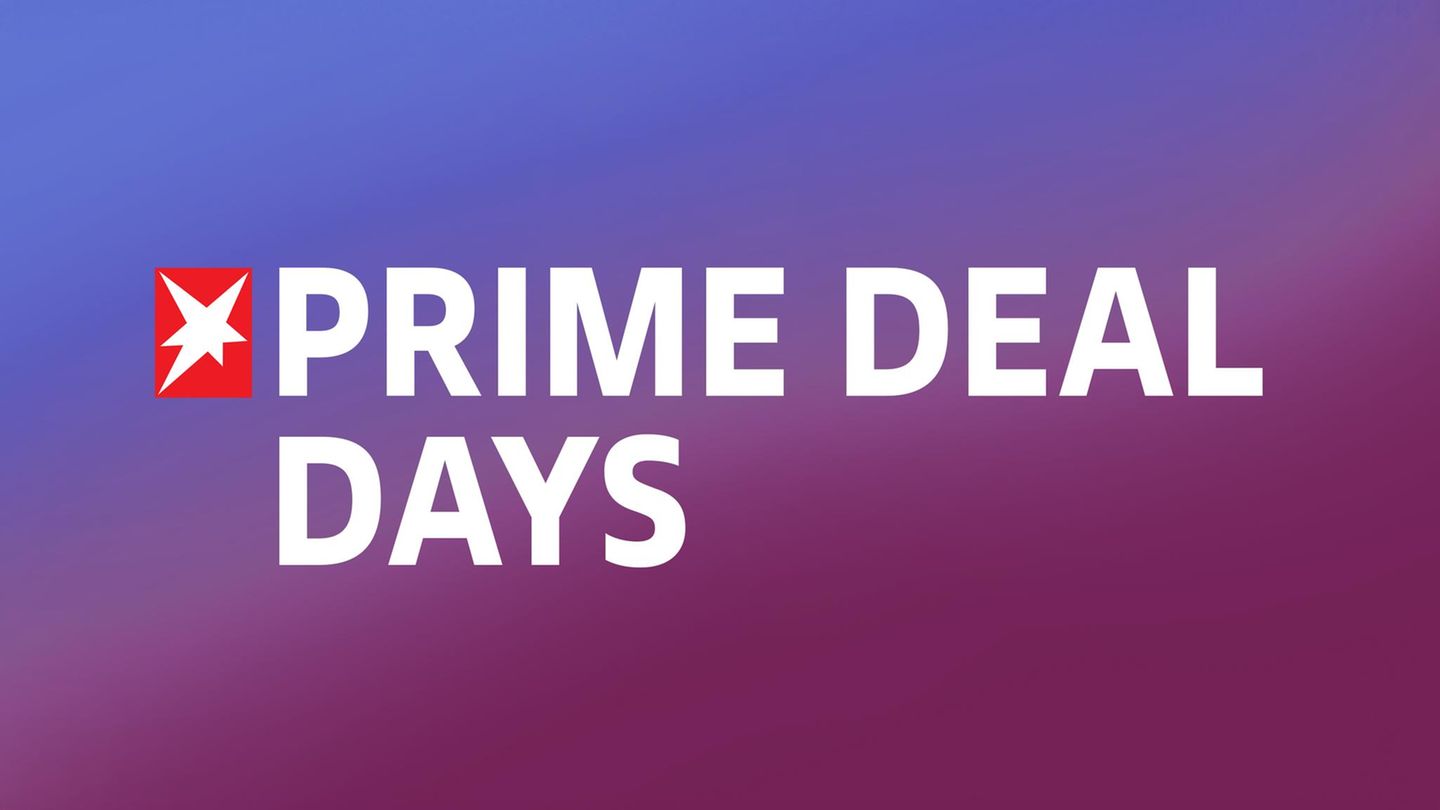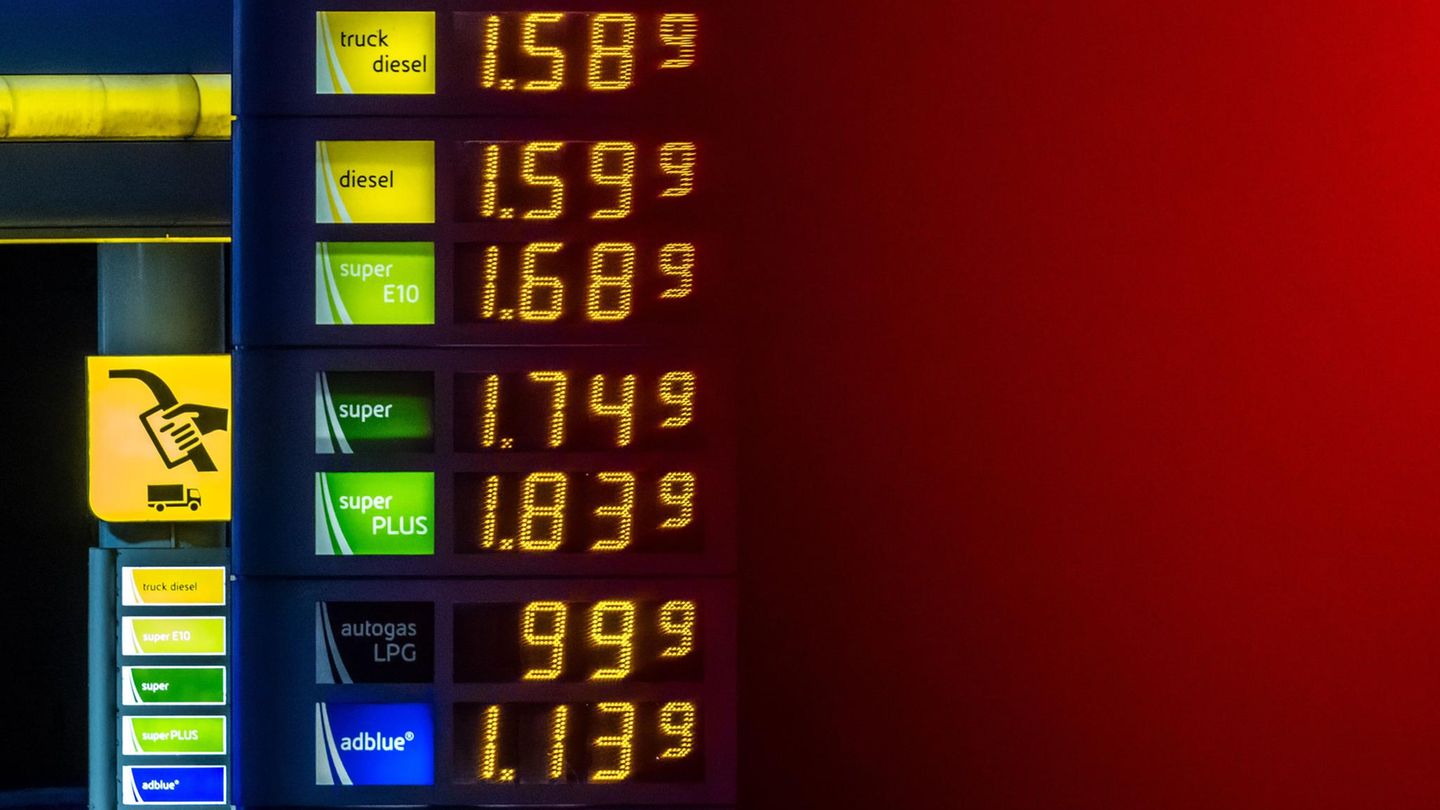The dramatic price increases have changed shopping behavior. Customers are increasingly turning to the cheaper private labels of retail chains. Premium items are left behind.
In view of the high inflation, more and more people have to pay attention to every cent. This is now having a major impact on shopping behavior. More and more often, consumers are turning to the cheaper own brands of retailers and leaving the branded items on the shelves.
“The retail brands are gaining noticeable market shares,” said retail expert Robert Kecskes from the market research company GfK of the German Press Agency. According to him, the particularly low-priced own-brand offers in the entry-level price segment have grown particularly strongly in the past two months. However, there is a catch: The retail chains’ own brands are also becoming more expensive – and the price increases here have recently been even higher than for branded products.
Brand manufacturers lose billions
They are called “Ja”, “Gut & CHEAP”, “Milbona” or “Gut Bio”: The own brands with which the retail chains compete with the brand manufacturers. What once started with a handful of cheap no-name products has now developed into an entire product world. In addition to the inexpensive entry-level brands such as “Ja” from Rewe or “Gut & Billig” from Edeka, with which the supermarket chains want to stand up to the discounters, there are now also many private label offers for higher demands: organic products, veggie and vegan Offers, regional products and premium offers for gourmets. What they all have in common is that they are usually priced below the offers of well-known brand manufacturers. And that they are gaining popularity at the moment.
According to figures from GfK, the market share of brand manufacturers, which was over 59 percent last year, fell to just 56.5 percent in June 2022. An increase in discount campaigns could not change that. The brand manufacturers lost billions in sales as a result.
It’s a tough slump for branded companies, as they were among the big winners in the Corona pandemic. At that time, many wanted to treat themselves to something at least in their own four walls in view of the closed restaurants and canceled vacation trips and resorted to expensive branded goods in the supermarkets more often than usual. This gave the manufacturers record sales. But times have changed.
“The trend is currently towards entry-level own brands. This is a clear indication of the level of uncertainty among the population,” said Kecskes. According to the “Consumption Monitor Prices 2022” of the German Retail Association (HDE) and the Cologne Institute for Retail Research (IFH), more than a quarter of people in Germany are now very afraid of not getting by with their money. In the case of people with a net household income of less than 2,000 euros, it is even almost half. People are therefore paying more attention to the price when shopping, resorting to special offers more often, going to the discounter more often than to the supermarket or choosing cheaper private labels instead of branded articles.
Saving opportunities not so great
The change is facilitated by the high reputation that many own brands have gained in the meantime. According to the “Private Label Monitor 2022”, almost two thirds (65 percent) of consumers see the retail brands’ own brands on a par with branded goods in terms of quality. And 8 percent even see them as superior. More than half (57 percent) agree that they are inexpensive. A good half of those surveyed therefore see the switch to private label as a good way to save money when shopping.
However, there is a catch. Because the savings opportunities by switching from a branded product to a retailer’s brand are no longer as great as they were a year ago. GfK observed that the price gaps “have tended to narrow” this year.
The trade journal “Lebensmittel Zeitung” recently reported, based on the data pool of the price app Smhaggle: “According to the evaluated receipts from Smhaggle users, Edeka and Rewe increased the prices of their own brand products in the entry-level price segment “Good & Cheap” and “Ja” from January to August. almost 100 percent more expensive than the branded products, which have also risen in price.” Even at the large discounters, the prices of their own brands rose significantly more than those of the branded products on offer.
The development itself is actually not really surprising, said GfK. “In the case of the on average cheaper private labels, higher costs from production and transport have a greater impact on the prices than in the case of the brands, which are already higher in price.” The increase in special offers for branded items is also noticeable here. But in the end, it’s still bad news for price-conscious shoppers: private label is losing steam as a last resort in the fight against inflation.
Source: Stern
Jane Stock is a technology author, who has written for 24 Hours World. She writes about the latest in technology news and trends, and is always on the lookout for new and innovative ways to improve his audience’s experience.




